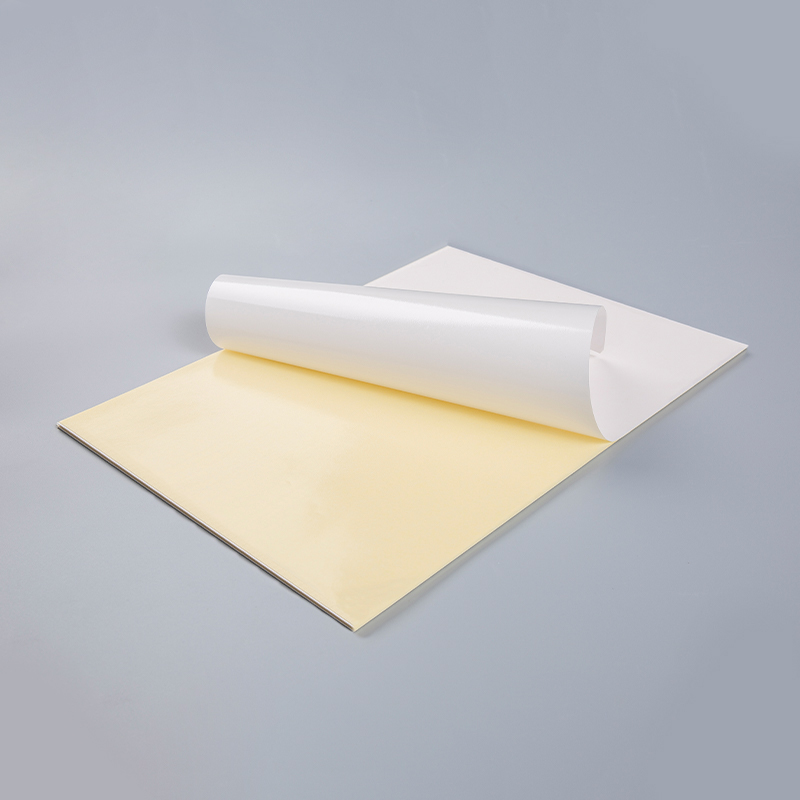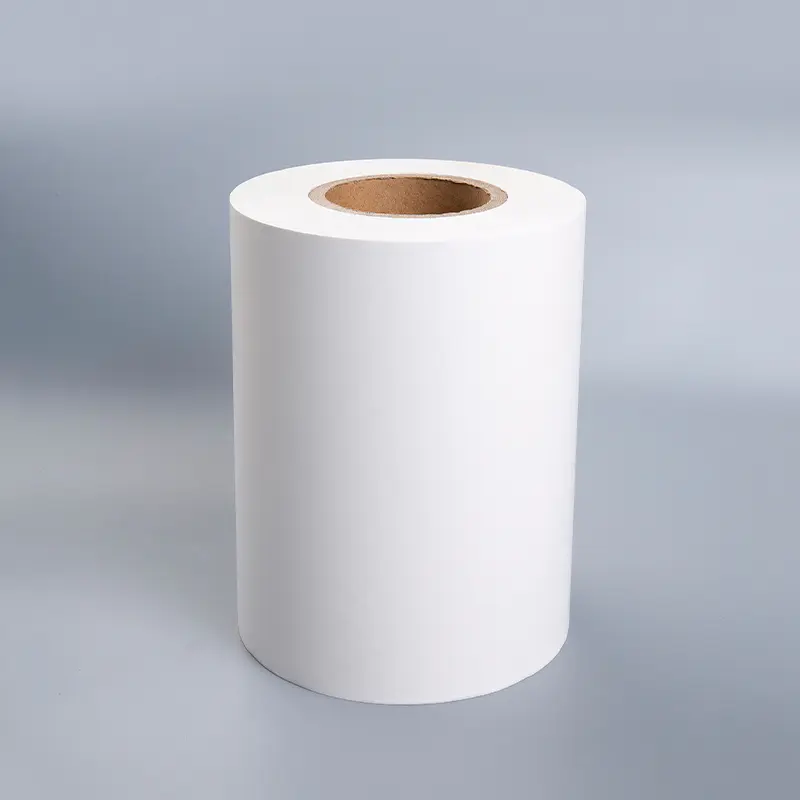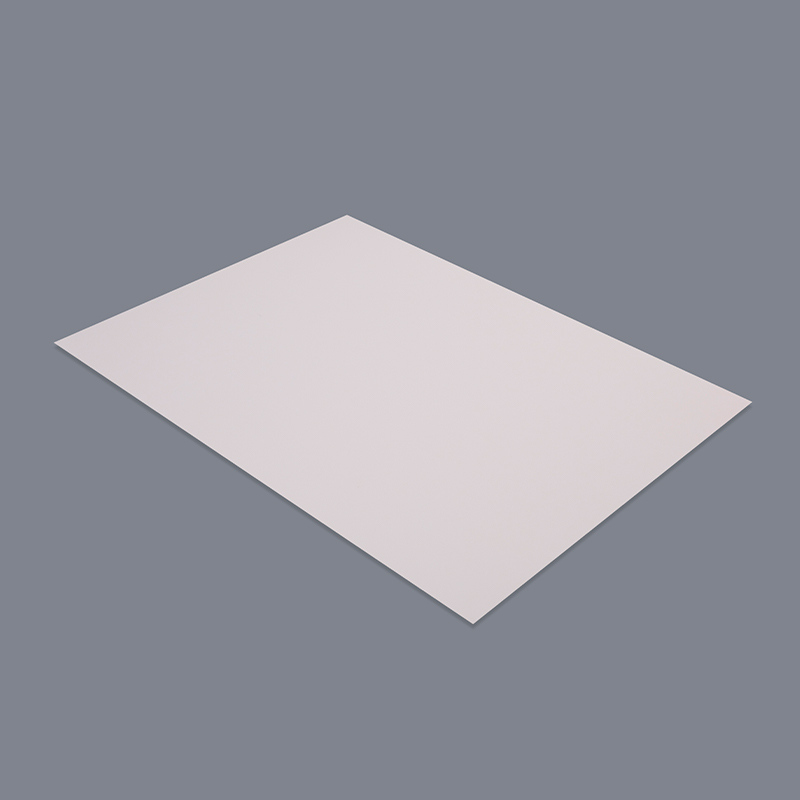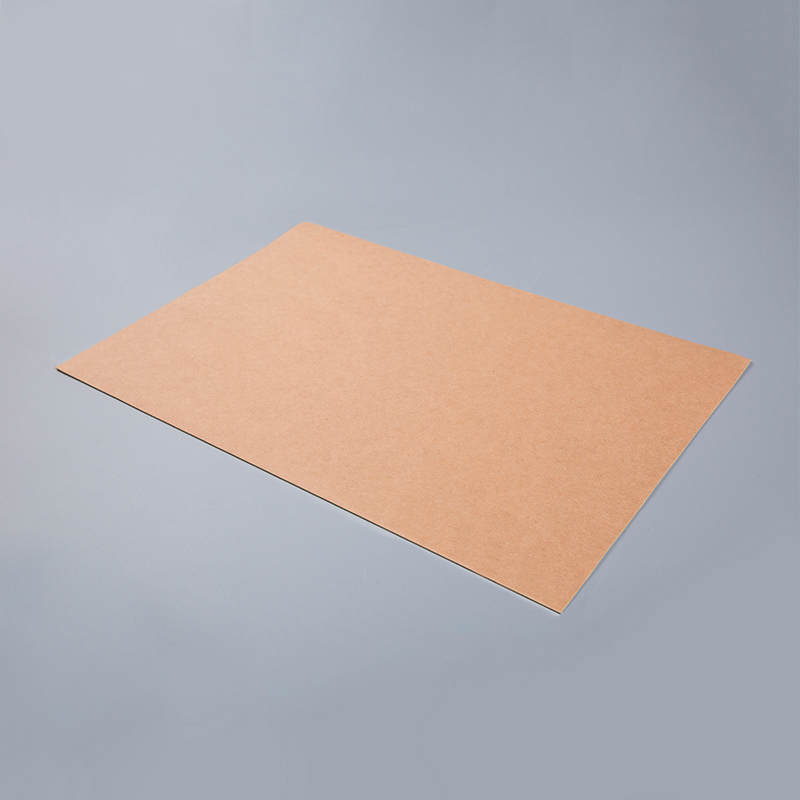Adhesive coated art paper is widely used in packaging, labeling, printing, and promotional materials because it combines high-quality printing surfaces with pressure-sensitive adhesive layers. Its effectiveness, however, depends not only on the print quality but also on the performance of the adhesive. Among the critical performance indicators are peel strength and bonding performance, which determine how well the paper adheres to a surface and how long it stays in place. Several factors influence these properties, and understanding them is essential for both manufacturers and end users.
1. Type of Adhesive Used
The formulation of the adhesive plays the most significant role in determining peel strength and bonding performance.
Permanent Adhesives provide strong bonding and are designed to resist removal without damage.
Removable Adhesives offer moderate bonding, allowing labels or stickers to be peeled away cleanly without leaving residue.
Repositionable Adhesives enable temporary adhesion with the flexibility of being applied and removed multiple times.
Each adhesive type is engineered for specific applications, and choosing the wrong one can lead to adhesion failure or difficulty in removal.
2. Surface Characteristics of the Substrate
The material to which adhesive coated art paper is applied greatly influences bonding performance.
Smooth surfaces like glass, polished metal, or plastic allow for better adhesive contact and stronger bonds.
Rough or porous surfaces such as cardboard, wood, or fabric reduce surface contact, weakening adhesion.
Coated vs. uncoated substrates can also impact bonding, as coatings may repel certain adhesive formulations.
Proper surface preparation—cleaning, drying, and ensuring free from dust or oils—is crucial to maximizing peel strength.
3. Coating and Finish of the Art Paper
The printing surface of adhesive coated art paper is typically treated with a glossy, matte, or satin coating. While this enhances print quality, the coating must be compatible with the adhesive layer. Overly slick or chemically incompatible coatings can hinder bonding. Additionally, coatings that are sensitive to humidity or heat may degrade over time, affecting adhesive strength.
4. Application Pressure and Time
Adhesive bonding is affected by the amount of pressure applied during the initial application. Stronger pressure increases the adhesive’s contact with the surface, improving peel strength. Time is also a factor: many adhesives achieve full bonding performance only after several hours, as the adhesive “flows” into microscopic surface irregularities. Insufficient application pressure or premature testing of adhesion may give misleading results.
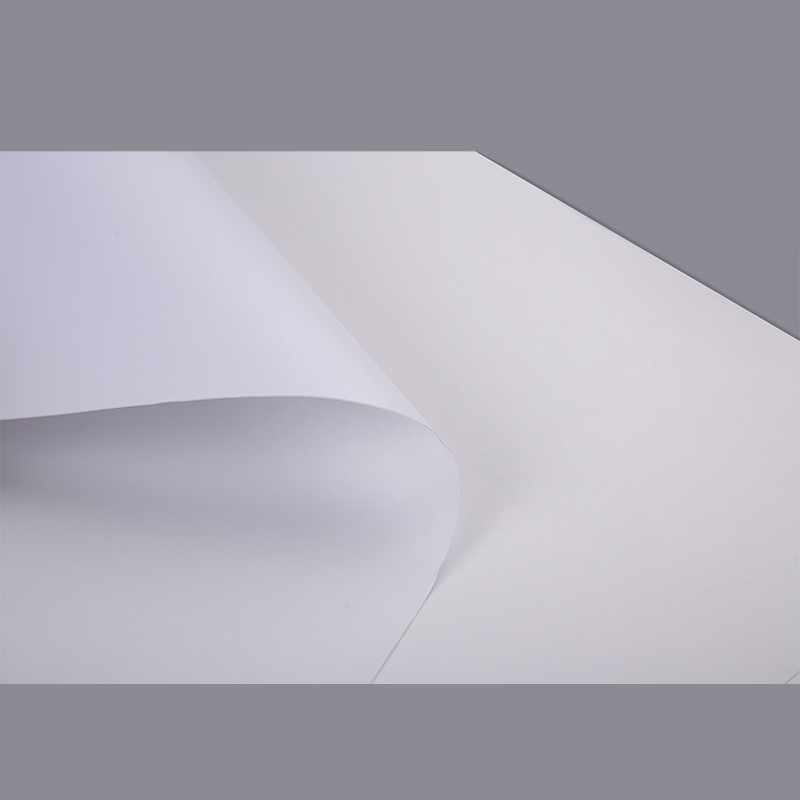
5. Temperature Conditions
Temperature plays a critical role both during application and throughout the adhesive’s lifespan.
Low temperatures can cause adhesives to harden, reducing tack and initial bonding.
High temperatures may soften adhesives, causing slippage, residue, or premature peeling.
Temperature cycling (fluctuations between hot and cold) can stress the adhesive bond and reduce long-term durability.
For consistent performance, adhesive coated art paper should be applied and stored within the manufacturer’s recommended temperature range.
6. Environmental Factors: Humidity and Moisture
Excessive humidity or direct exposure to moisture can weaken adhesive bonds, especially on porous substrates. Some adhesives absorb water, leading to swelling or loss of tack. On the other hand, certain acrylic-based adhesives are engineered for moisture resistance, maintaining performance in challenging environments. Selecting the right adhesive for the intended conditions is critical.
7. Aging and Shelf Life
Adhesives have a limited shelf life, after which their bonding performance may degrade. Over time, adhesives can lose tack, become brittle, or undergo chemical changes. Proper storage—away from extreme heat, light, or humidity—helps maintain peel strength. Manufacturers usually provide a recommended usage period to ensure consistent performance.
8. Testing and Quality Standards
Peel strength and bonding performance are often tested according to international standards such as ASTM D3330 (Peel Adhesion) or FINAT test methods for self-adhesive materials. These tests evaluate how well adhesive coated art paper adheres under controlled conditions, helping manufacturers and users compare different products objectively.
Conclusion
The peel strength and bonding performance of adhesive coated art paper are influenced by multiple factors, including adhesive type, substrate surface characteristics, paper coating, application pressure, environmental conditions, and product aging. For businesses and designers using adhesive coated art paper in labels, packaging, or promotional materials, careful consideration of these factors ensures reliable adhesion and long-lasting performance. Ultimately, the right combination of adhesive formulation, proper application, and environmental compatibility determines whether the material delivers both strong bonding and ease of use.

 English
English Español
Español русский
русский Français
Français عربى
عربى



